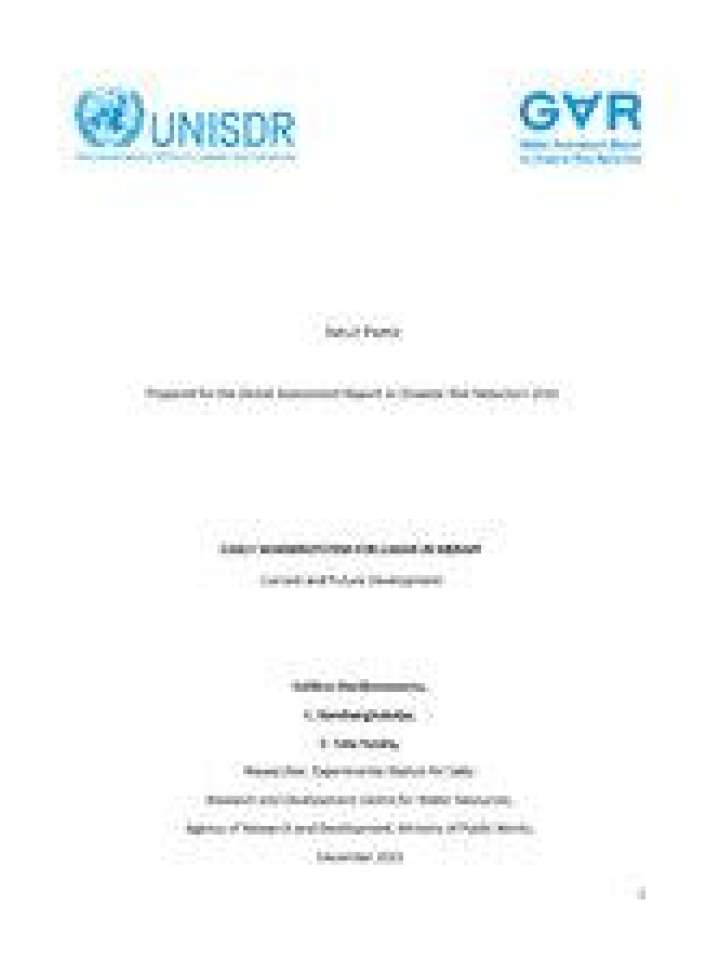Early warning system for lahar in Merapi
This paper discusses and examines three sub-topics related to early warning system (EWS) for lahar in Merapi volcano. The first is the history of the development process of EWS in Merapi volcano before the 2010 eruption, the second is the impact of the 2010 eruption to the existing EWS, and the last is the future challenges on the next Merapi volcano eruption.
The paper's conclusions are the following (p. 22):
- The established early warning system has been working for more than 30 years, effectively helping the community along the lahar rivers to get information on the occurrence of debris flow.
- The flow of information related to the occurrence of lahar flood and the responsibility for publishing it have already been determined. However the implementation is still unclear because many institutions use the same instrument, resulting in information being published from various sources.
- The information published is very useful, consist of hazard map, visual camera, rainfall, and water level monitoring.
- Hazard mapping is quite necessary for the residents to be aware of debris flow disasters that may occur anytime.
- The community around Merapi has already understood the consequences of living in a hazard area. They have prepared by initiating community groups for discussing problems and defining an action plan in an emergency situation.
This document is an input paper of the 2015 Global Risk Assessment for Disaster Risk Reduction.
Explore further
Hazards
Volcano
Country and region
Indonesia
